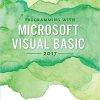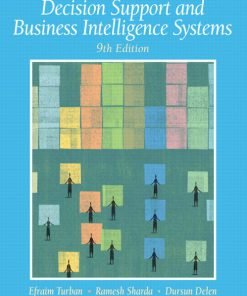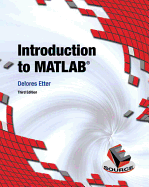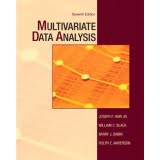Precalculus 10th Edition Sullivan Solutions Manual
$35.00 Original price was: $35.00.$26.50Current price is: $26.50.
Precalculus 10th Edition Sullivan Solutions Manual
Precalculus 10th Edition Sullivan Solutions Manual
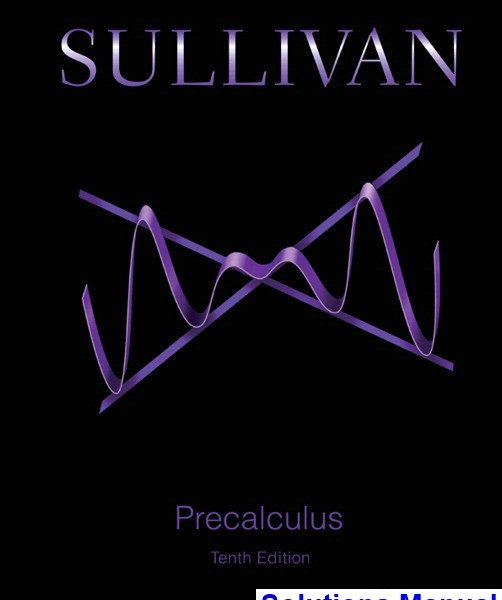
Product details:
- ISBN-10 : 0134026640
- ISBN-13 : 978-0134026640
- Author: Mike Sullivan
This edition features the same content as the traditional text in a convenient, three-hole-punched, loose-leaf version. Books a la Carte also offer a great value–this format costs significantly less than a new textbook. Before purchasing, check with your instructor or review your course syllabus to ensure that you select the correct ISBN. Several versions of Pearson’s MyLab & Mastering products exist for each title, including customized versions for individual schools, and registrations are not transferable. In addition, you may need a CourseID, provided by your instructor, to register for and use Pearson’s MyLab & Mastering products.
Table contents:
1. Graphs
1.1 The Distance and Midpoint Formulas
1.2 Graphs of Equations in Two Variables; Intercepts; Symmetry
1.3 Lines
1.4 Circles
2. Functions and Their Graphs
2.1 Functions
2.2 The Graph of a Function
2.3 Properties of Functions
2.4 Library of Functions; Piecewise-defined Functions
2.5 Graphing Techniques: Transformations
2.6 Mathematical Models: Building Functions
3. Linear and Quadratic Functions
3.1 Properties of Linear Functions and Linear Models
3.2 Building Linear Models from Data
3.3 Quadratic Functions and Their Properties
3.4 Build Quadratic Models from Verbal Descriptions and from Data
3.5 Inequalities Involving Quadratic Functions
4. Polynomial and Rational Functions
4.1 Polynomial Functions and Models
4.2 Properties of Rational Functions
4.3 The Graph of a Rational Function
4.4 Polynomial and Rational Inequalities
4.5 The Real Zeros of a Polynomial Function
4.6 Complex Zeros; Fundamental Theorem of Algebra
5. Exponential and Logarithmic Functions
5.1 Composite Functions
5.2 One-to-One Functions; Inverse Functions
5.3 Exponential Functions
5.4 Logarithmic Functions
5.5 Properties of Logarithms
5.6 Logarithmic and Exponential Equations
5.7 Financial Models
5.8 Exponential Growth and Decay Models; Newton’s Law; Logistic Growth and Decay Models
5.9 Building Exponential, Logarithmic, and Logistic Models from Data
6. Trigonometric Functions
6.1 Angles and Their Measure
6.2 Trigonometric Functions: Unit Circle Approach
6.3 Properties of the Trigonometric Functions
6.4 Graphs of the Sine and Cosine Functions
6.5 Graphs of the Tangent, Cotangent, Cosecant, and Secant Functions
6.6 Phase Shift; Sinusoidal Curve Fitting
7. Analytic Trigonometry
7.1 The Inverse Sine, Cosine, and Tangent Functions
7.2 The Inverse Trigonometric Functions (Continued)
7.3 Trigonometric Equations
7.4 Trigonometric Identities
7.5 Sum and Difference Formulas
7.6 Double-angle and Half-angle Formulas
7.7 Product-to-Sum and Sum-to-Product Formulas
8. Applications of Trigonometric Functions
8.1 Right Triangle Trigonometry; Applications
8.2 The Law of Sines
8.3 The Law of Cosines
8.4 Area of a Triangle
8.5 Simple Harmonic Motion; Damped Motion; Combining Waves
9. Polar Coordinates; Vectors
9.1 Polar Coordinates
9.2 Polar Equations and Graphs
9.3 The Complex Plane; DeMoivre’s Theorem
9.4 Vectors
9.5 The Dot Product
9.6 Vectors in Space
9.7 The Cross Product
10. Analytic Geometry
10.1 Conics
10.2 The Parabola
10.3 The Ellipse
10.4 The Hyperbola
10.5 Rotation of Axes; General Form of a Conic
10.6 Polar Equations of Conics
10.7 Plane Curves and Parametric Equations
11. Systems of Equations and Inequalities
11.1 Systems of Linear Equations: Substitution and Elimination
11.2 Systems of Linear Equations: Matrices
11.3 Systems of Linear Equations: Determinants
11.4 Matrix Algebra
11.5 Partial Fraction Decomposition
11.6 Systems of Nonlinear Equations
11.7 Systems of Inequalities
11.8 Linear Programming
12. Sequences; Induction; the Binomial Theorem
12.1 Sequences
12.2 Arithmetic Sequences
12.3 Geometric Sequences; Geometric Series
12.4 Mathematical Induction
12.5 The Binomial Theorem
13. Counting and Probability
13.1 Counting
13.2 Permutations and Combinations
13.3 Probability
14. A Preview of Calculus: The Limit, Derivative, and Integral of a Function
14.1 Finding Limits Using Tables and Graphs
14.2 Algebra Techniques for Finding Limits
14.3 One-sided Limits; Continuous Functions
14.4 The Tangent Problem; The Derivative
14.5 The Area Problem; The Integral
Appendix A: Review
A.1 Algebra Essentials
A.2 Geometry Essentials
A.3 Polynomials
A.4 Synthetic Division
A.5 Rational Expressions
A.6 Solving Equations
A.7 Complex Numbers; Quadratic Equations in the Complex Number System
A.8 Problem Solving: Interest, Mixture, Uniform Motion, Constant Rate Job Applications
A.9 Interval Notation; Solving Inequalities
A.10 nth Roots; Rational Exponents
Appendix B: Graphing Utilities
B.1 The Viewing Rectangle
B.2 Using a Graphing Utility to Graph Equations
B.3 Using a Graphing Utility to Locate Intercepts and Check for Symmetry
B.4 Using a Graphing Utility to Solve Equations
B.5 Square Screens
B.6 Using a Graphing Utility to Graph Inequalities
B.7 Using a Graphing Utility to Solve Systems of Linear Equations
B.8 Using a Graphing Utility to Graph a Polar Equation
B.9 Using a Graphing Utility to Graph Parametric Equations
People also search:
precalculus 10th edition ron larson
precalculus 10th edition answers
demana precalculus 10th edition
precalculus 10th edition quizlet
precalculus 10th edition sullivan answers
precalculus 10th edition larson answers
Related products
Solution Manual
Solution Manual
Solution Manual
Management Information Systems Managing the Digital Firm Laudon 14th Edition Solutions Manual
Solution Manual
Solution Manual
International Business Competing in the Global Marketplace Hill 10th Edition Solutions Manual


